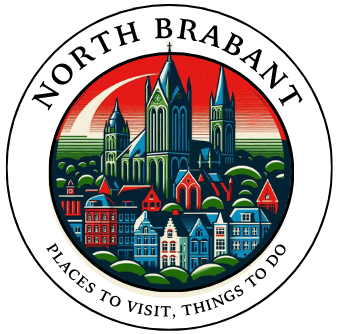Weekend Trip Ideas In North Brabant Netherlands
North Brabant is a province in the southern Netherlands that’s packed with charm, cozy towns, and loads of gorgeous natural scenery. If you’re searching for fresh weekend trip ideas, North Brabant is full of surprises, offering everything from historic cities and art experiences to foodie fun and peaceful outdoor escapes. Whether you’re traveling solo, with … Read more
